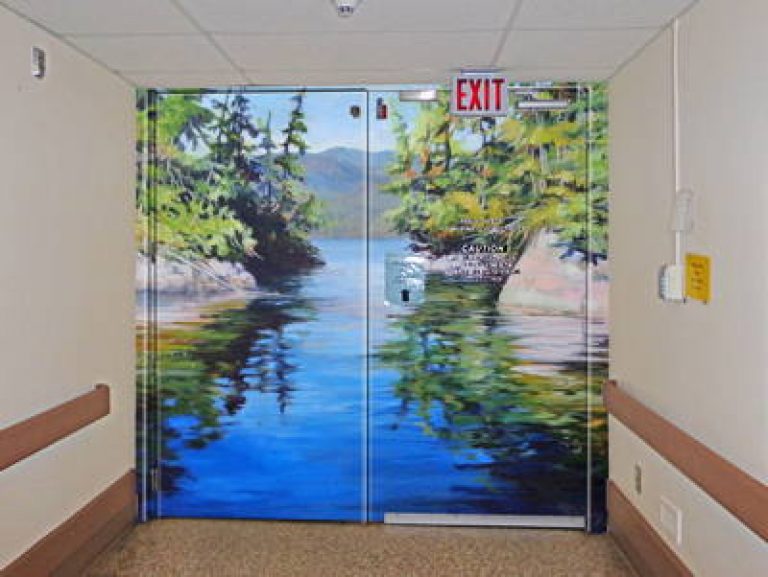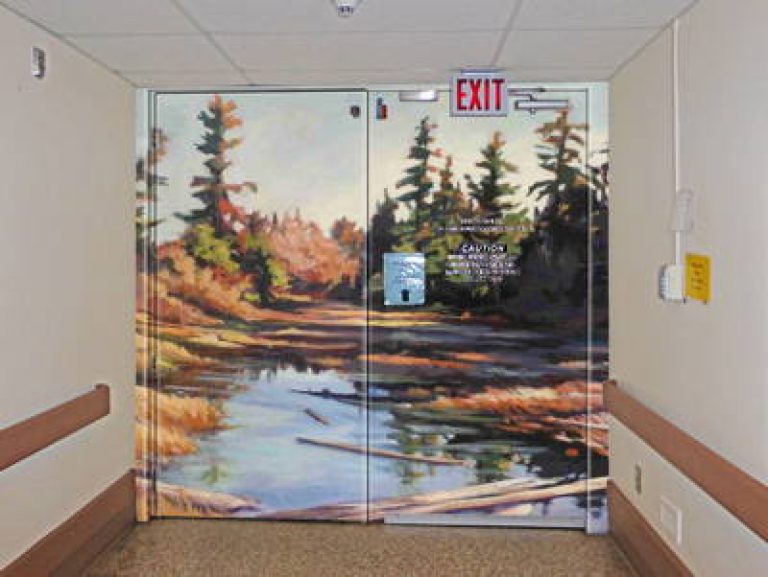
Similar Posts

What other hospitals have done art initiatives- do they have policies? If so what are some examples?
Most hospitals have a foundation that is responsible for charitable donations. Art is considered a charitable donation and qualifies for a tax benefit through a receipt. The Hospital Foundation usually handles the art donations and the collection. For example, the VGH and UBC hospitals have a joint foundation that launched an art program in 2000…
Integrated Community Arts Programs
Ireland Art and Health Initiate for Artists and Arts in Hospitals: http://www.artsandhealth.ie/wp-content/uploads/2011/09/The-Picture-of-Health-A-framework-for-the-Practice-of-arts-in-health-settings.pdf
Image Bank
American Art Resources, located in the the US where Health Design and Art are coming together through Evidence Based Research. Evidence Based Research means exactly what it sounds like, it is research based on evidence and not on ‘taste’ or ‘opinion’, which means that art for hospitals is not chosen by artists or connoisseurs, but…
Are there general guidelines for what to avoid and what to encourage when it comes to placing art in hospitals?
Abstract art is the least favorite according to evidence-based research and any art that might evoke negative feelings. Some contemporary art is not used because patients report not feeling comfortable with it, either because it is ambiguous or confusing. Nature scenes, images with animals, water, people, calm weather and foliage are favored. Patient Preferences: Nature…
Are some aspects considered more ‘therapeutic’ than others, both in terms of content (art aesthetic) and placement within the building?
Biophilia is a term used in some research to support the human pre- disposition towards nature imagery. According to research, the human brain was wired ten to fifty thousand years ago in the African savannah. The savannah is a meadow surrounded by trees, a place where predators can easily be seen and most likely providing…

What Makes For Successful Art In Hospitals?
Research has shown that patients prefer nature scenes and large landscapes with calm water or skies and open space in the foreground. It is shown that patients who have a view of nature out the window in their hospital room use half as much pain mediation and leave one day sooner that those who look…

